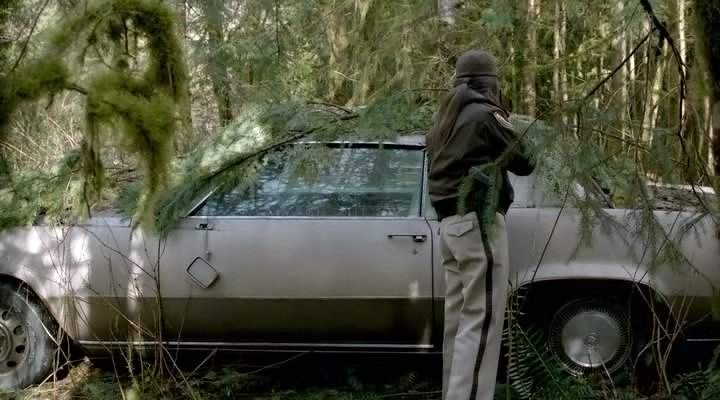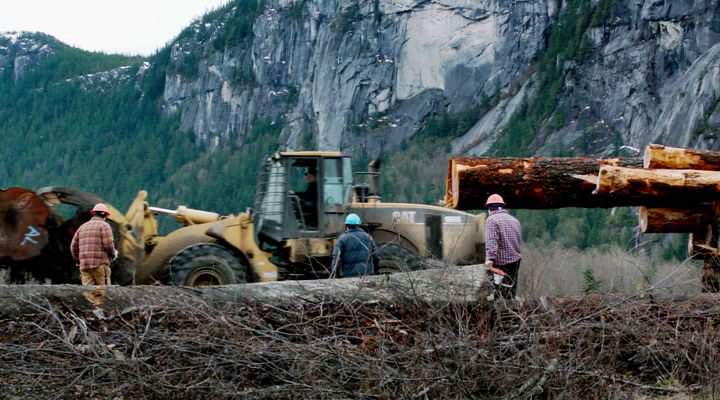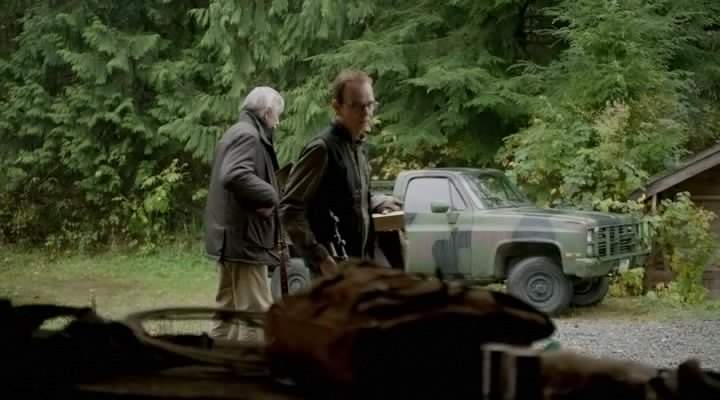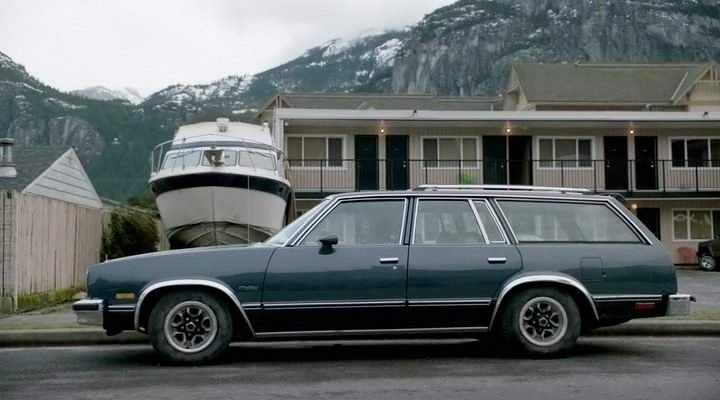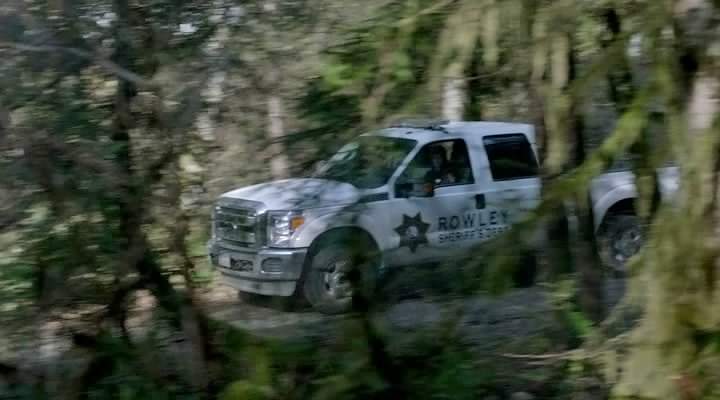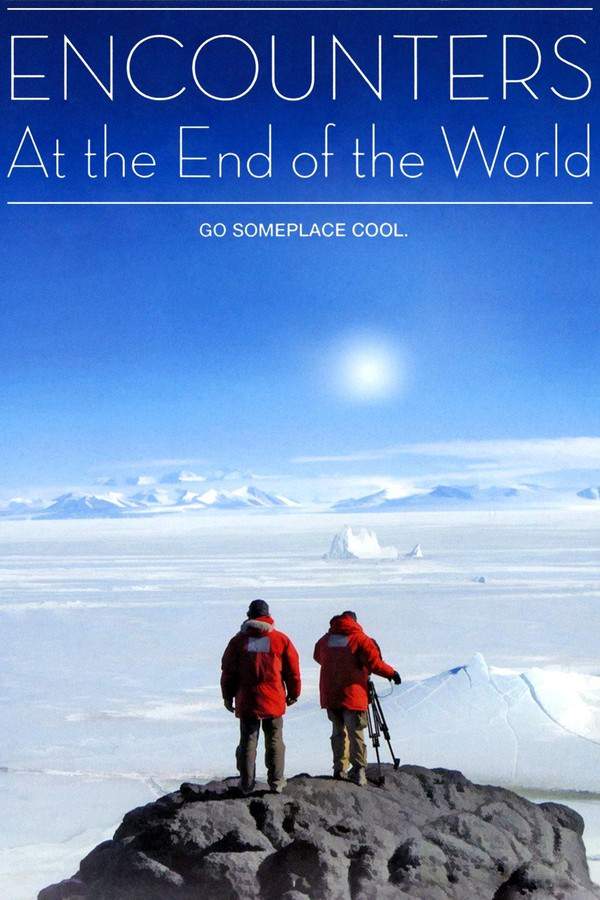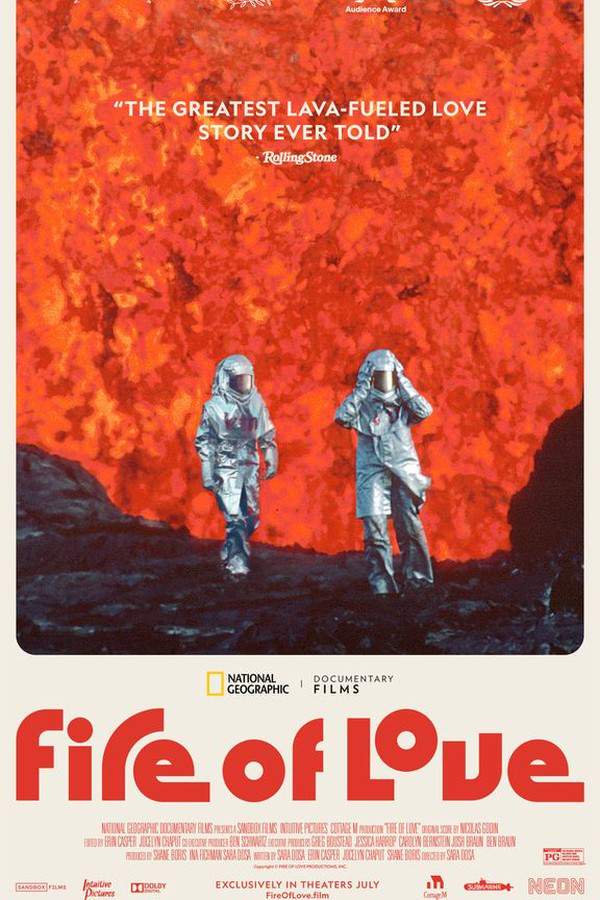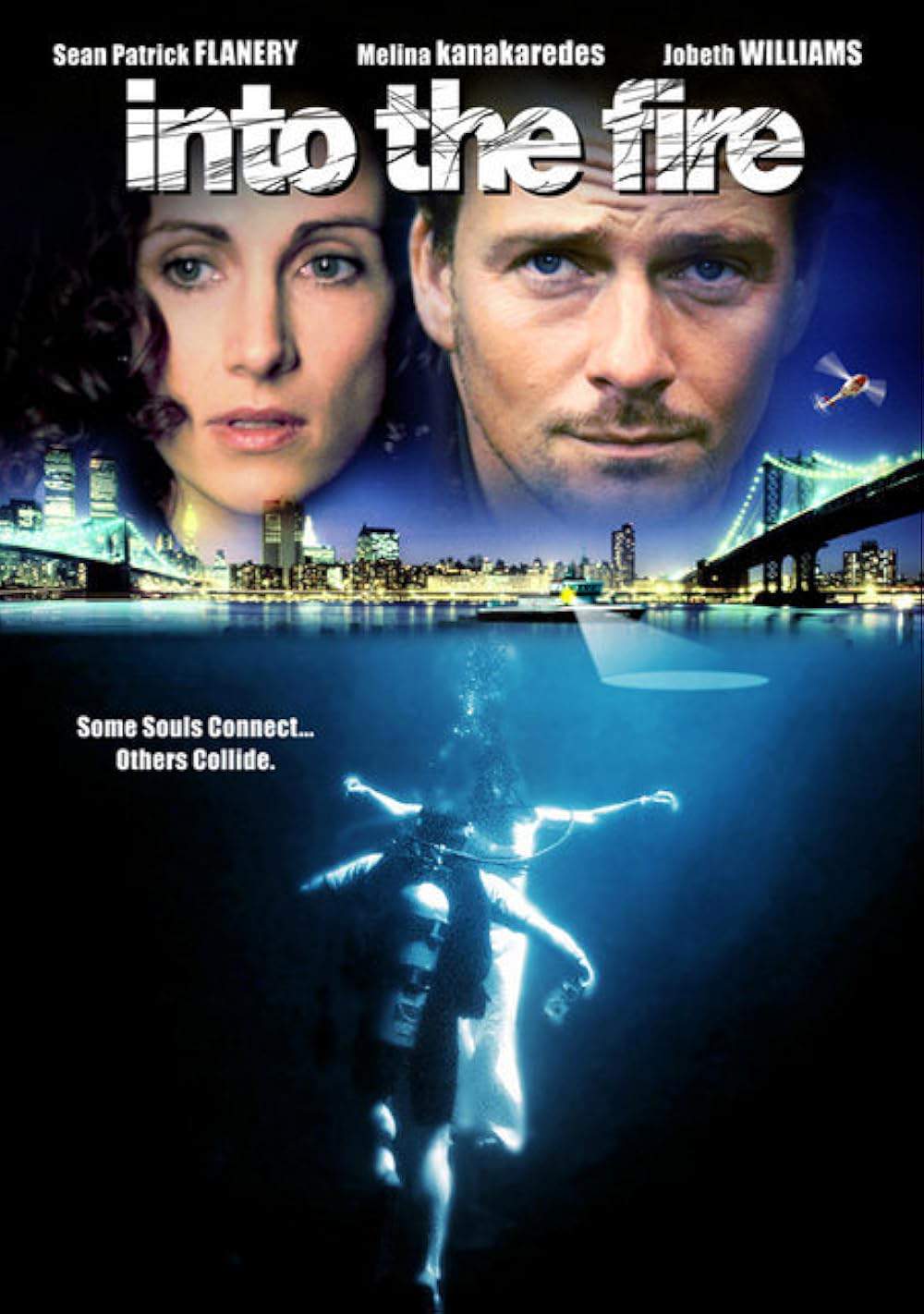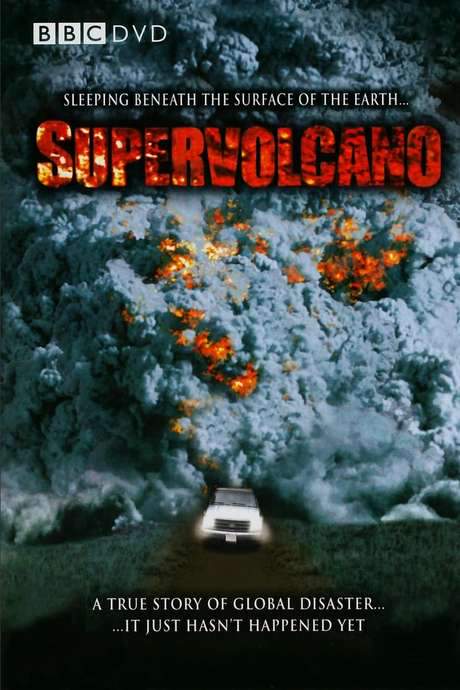Into the Inferno 2016
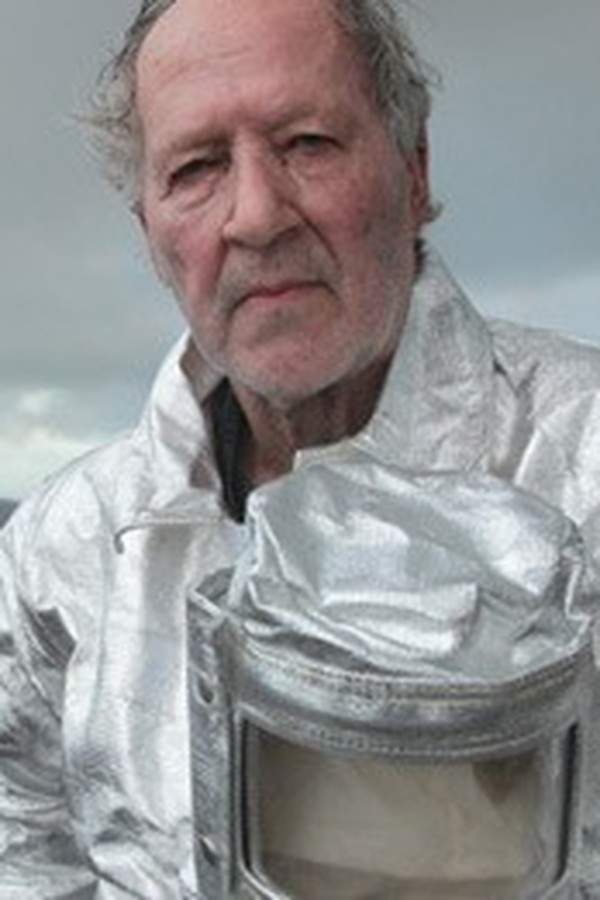
Filmmaker Werner Herzog and volcanologist Clive Oppenheimer embark on a captivating expedition to explore active volcanoes around the world. Their journey takes them from Indonesia’s imposing mountains to Ethiopia’s historic volcanic landscapes and the secluded areas of North Korea. Through stunning visuals and insightful conversations, they investigate the powerful relationship between humanity and these awe-inspiring, and often dangerous, natural phenomena.
Does Into the Inferno have end credit scenes?
No!
Into the Inferno does not have end credit scenes. You can leave when the credits roll.
Meet the Full Cast and Actors of Into the Inferno
Explore the complete cast of Into the Inferno, including both lead and supporting actors. Learn who plays each character, discover their past roles and achievements, and find out what makes this ensemble cast stand out in the world of film and television.
No actors found
External Links and Streaming Options
Discover where to watch Into the Inferno online, including streaming platforms, rental options, and official sources. Compare reviews, ratings, and in-depth movie information across sites like IMDb, TMDb, Wikipedia or Rotten Tomatoes.
Ratings and Reviews for Into the Inferno
See how Into the Inferno is rated across major platforms like IMDb, Metacritic, and TMDb. Compare audience scores and critic reviews to understand where Into the Inferno stands among top-rated movies in its genre.

76
Metascore
7.4
User Score


92%
TOMATOMETER

73%
User Score

7.2 /10
IMDb Rating

70
%
User Score

3.8
From 70 fan ratings
Take the Ultimate Into the Inferno Movie Quiz
Challenge your knowledge of Into the Inferno with this fun and interactive movie quiz. Test yourself on key plot points, iconic characters, hidden details, and memorable moments to see how well you really know the film.
Into the Inferno Quiz: Test your knowledge on Werner Herzog's captivating documentary exploring the mysteries of volcanoes and their cultural significance.
Who is the co-director accompanying Werner Herzog in exploring volcanoes?
Clive Oppenheimer
James Cameron
David Attenborough
Chris Nolan
Show hint
Full Plot Summary and Ending Explained for Into the Inferno
Read the complete plot summary of Into the Inferno, including all major events, twists, and the full ending explained in detail. Explore key characters, themes, hidden meanings, and everything you need to understand the story from beginning to end.
An intriguing journey through the world’s active volcanoes unfolds in this documentary, focusing on notable sites in Indonesia (Mount Sinabung), Iceland, North Korea, and Ethiopia (Erta Ale). Director Werner Herzog embarks on a captivating exploration alongside renowned volcanologist and co-director Clive Oppenheimer, who is dedicated to understanding and mitigating the dangerous effects of these natural phenomena. Herzog aims to reveal an image of our origins and deeply analyze humanity’s connection to nature, remarking that “there is no single one that is not connected to a belief system.”
In the Vanuatu Archipelago on Ambrym Island, located a thousand miles from Northern Australia, active volcanoes shape the landscape. These islands bear heavy tolls from both tropical storms and volcanic eruptions. Within the village of Endu, chief Mael Moses leads a community that believes spirits vigilantly maintain the volcanoes’ fires. Drawing from the past, the villagers recall the last significant eruption in 1968 and how spirits differentiate between locals and tourists, prompting a three-year ban on visitors in the wake of destruction. In their lore, the lava stands as a manifestation of the devil’s wrath, and it is believed that those who perish return to the volcano. However, the villagers’ age-old rituals risk disappearing in the modern world.
Herzog’s travels take him to the majestic Mount Erebus, towering at 12,500 feet above sea level—an active volcano located in Antarctica. It was here over a decade ago that Herzog first encountered Oppenheimer. Together, they delve into the profound philosophical implications behind humanity’s fascination with volcanoes, recognizing them as both creators of life and reminders that nothing lasts forever.
The narrative also recalls Herzog’s visit to La Soufrière on the Caribbean island of Guadeloupe in 1976, where the looming threat of an eruption led to the evacuation of 70,000 residents. Astray from danger, one man famously declined to leave his home, opting instead to fall asleep singing while the volcano erupted around him.
Katia and Maurice Kraft, a devoted French couple, dedicated their lives to studying volcanic activity, often perilously close to eruptions. Tragically, they lost their lives to a lava flow in Japan, as super-heated gases rushed forth at incredible speeds, reaching temperatures of 800 degrees Fahrenheit.
The documentary also reveals the astonishing diverse landscape of Lake Toba in Indonesia, recognized as the world’s largest volcanic lake, formed from an eruption approximately 74,000 years ago. It released an astounding 15,000 cubic kilometers of ash and pumice, marking the most substantial eruption in Earth’s recorded history. This cataclysmic event temporarily darkened the skies worldwide and nearly eradicated human existence, with just around 600 individuals managing to survive.
Further, Herzog’s expedition brings him to the Danakil Depression in Ethiopia—famous for being the hottest place on Earth and lying 300 meters below sea level. Here, scientists trace rift valleys that will eventually separate portions of Africa and give birth to new volcanoes. Erta Ale stands out as one of only three volcanoes in the world with exposed magma, drawing both fascination and study from archaeologists, who unearth evidence of early hominids believed to date back 100,000 years. Using innovative technology, the research team meticulously locates and excavates significant skeletal remains, working tirelessly to unravel historical mysteries.
In Iceland, the significance of volcanoes is evident in the societal psyche, where every burst brings reminders of the forces of nature woven into Scandinavian life. After erupting in 1973 in Heimaey and again in 2010 with Eyjafjallajökull, Icelandic inhabitants recount the challenges faced during ash-related travel disruptions while acknowledging their past. The people have for centuries chronicled their experiences, epitomized in a manuscript presented to a Danish king, emphasizing their reverence for volcanic activity.
Mt. Paektu in North Korea, dormant for a millennium, holds a rich history. The mountain serves not only as a symbol of national pride, used in ceremonies for army recruits, but also as a site of propaganda manipulation by the regime. Its last eruption occurred 1,100 years ago, releasing enough pumice to shroud New York City. The crew observes parades and stark societal conditions where government propaganda reigns, devoid of outside communication.
Lastly, Tanna Island’s Mount Tasur displays an exceptional local belief system where the volcano is venerated as a deity, John Frum, believed to connect with North America through its fiery portal. The village, with its factions of faith, represents a unique cultural fusion, showing how deeply embedded volcanoes are in the lives of the locals, prompting them to worship these formidable forces of nature while foreseeing apocalyptic futures shaped by their fury.
Uncover the Details: Timeline, Characters, Themes, and Beyond!

Coming soon on iOS and Android
The Plot Explained Mobile App
From blockbusters to hidden gems — dive into movie stories anytime, anywhere. Save your favorites, discover plots faster, and never miss a twist again.
Sign up to be the first to know when we launch. Your email stays private — always.
Watch Trailers, Clips & Behind-the-Scenes for Into the Inferno
Watch official trailers, exclusive clips, cast interviews, and behind-the-scenes footage from Into the Inferno. Dive deeper into the making of the film, its standout moments, and key production insights.
Cars Featured in Into the Inferno
Explore all cars featured in Into the Inferno, including their makes, models, scenes they appear in, and their significance to the plot. A must-read for car enthusiasts and movie buffs alike.
Into the Inferno Themes and Keywords
Discover the central themes, ideas, and keywords that define the movie’s story, tone, and message. Analyze the film’s deeper meanings, genre influences, and recurring concepts.
Into the Inferno Other Names and Titles
Explore the various alternative titles, translations, and other names used for Into the Inferno across different regions and languages. Understand how the film is marketed and recognized worldwide.
Similar Movies To Into the Inferno You Should Know About
Browse a curated list of movies similar in genre, tone, characters, or story structure. Discover new titles like the one you're watching, perfect for fans of related plots, vibes, or cinematic styles.
Quick Links: Summary, Cast, Ratings, More

What's After the Movie?
Not sure whether to stay after the credits? Find out!
Explore Our Movie Platform
New Movie Releases (2025)
Famous Movie Actors
Top Film Production Studios
Movie Plot Summaries & Endings
Major Movie Awards & Winners
Best Concert Films & Music Documentaries
Movie Collections and Curated Lists
© 2025 What's After the Movie. All rights reserved.
















